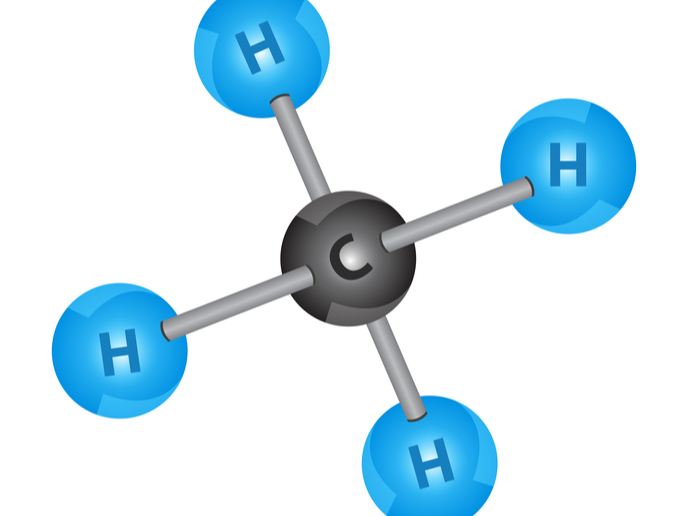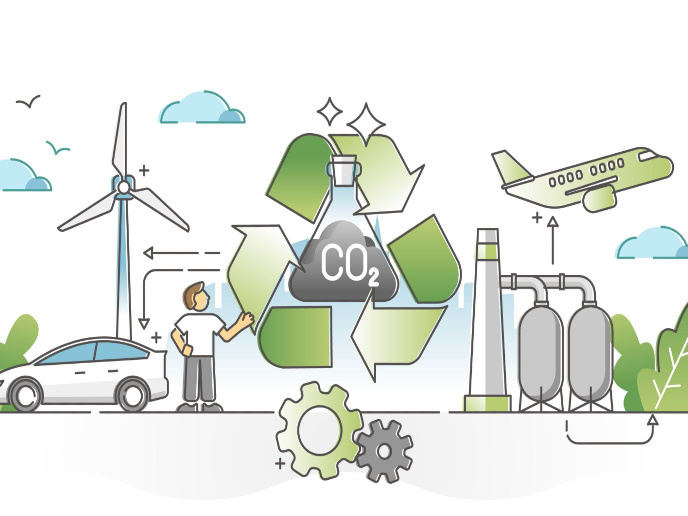New strains of greenhouse gas-consuming microbes create valuable by-products
The treatment of liquid and solid wastes is one of the processes responsible for the production of methane, a greenhouse gas currently being released into the atmosphere in large quantities. However, the gas can also act as a feedstock for microorganisms called methanotrophs, producing useful chemicals that transform waste into a valuable resource, while at the same time helping to mitigate the greenhouse effect. Some methanotrophs produce naturally valuable chemicals. For example, bacteria from the genus Methylocystis produce polyhydroxybutyrate (PHB), a biodegradable plastic, while Methylomicrobium alcaliphilum produces ectoine, a high-value osmoprotectant with a market price of over EUR 1 000 per kilogramme. Osmoprotectants are small organic molecules with neutral charge and low toxicity at high concentrations, which help organisms survive extreme osmotic stress. The EU-funded CH4BioVal(opens in new window) project sought to understand and improve the capability of two types of methanotrophs that produce PHB and ectoine. This research was undertaken with the support of the Marie Skłodowska-Curie programme.
Improved performance
For methanotrophs to be used as economically sustainable platforms for industrial biotechnology, the performance of these organisms must be improved. This can be achieved by increasing the yields of the valuable compounds that they produce naturally by developing the genetic and bioinformatic tools needed to expand the currently narrow scope of products that can be produced from methane. Methanotrophs exploit methane as their sole carbon and energy source and have great potential as platforms for metabolic engineering, where they are modified and changed into ‘cell factories’. The CH4BioVal initiative helped advance this approach by generating genome-scale metabolic models (GSMMs). “These mathematical models based on the methanotroph genome enable scientists to better understand their metabolism and the products that they can produce from methane,” says Marie Curie research fellow Sergio Bordel. Researchers focused on developing GSMMs to allow scientists to predict the behaviour of the cells under different conditions. This also enabled them to predict the outcome of genetic manipulations following the addition or suppression of new enzymes and thus the metabolic reactions that they catalyse. “We have developed and validated the first GSMMs of Type II methanotrophs. The availability of these GSMMs will allow us to produce chemicals from methane using biological processes,” Bordel explains.
Predictable outcomes
CH4BioVal used the GSMMs as platforms for metabolic engineering. “This genetic manipulation to obtain strains producing high-value products from methane will allow a new bioeconomy to be created from greenhouse gases, with its associated environmental and economic benefits for Europe,” comments Bordel. In addition, scientists working on methanotrophs will benefit from CH4BioVal through improved understanding of the metabolism of these organisms as will firms dedicated to waste management, by providing a new source of value to their business. The environment will benefit from reduced emissions of methane to the atmosphere. The project will also create a new platform to produce chemicals from a renewable source. Hence, society as a whole will receive all these significant benefits. “You can actually use methane in much more cost-efficient ways than just burning it to obtain energy – stop burning money!” Bordel concludes.







